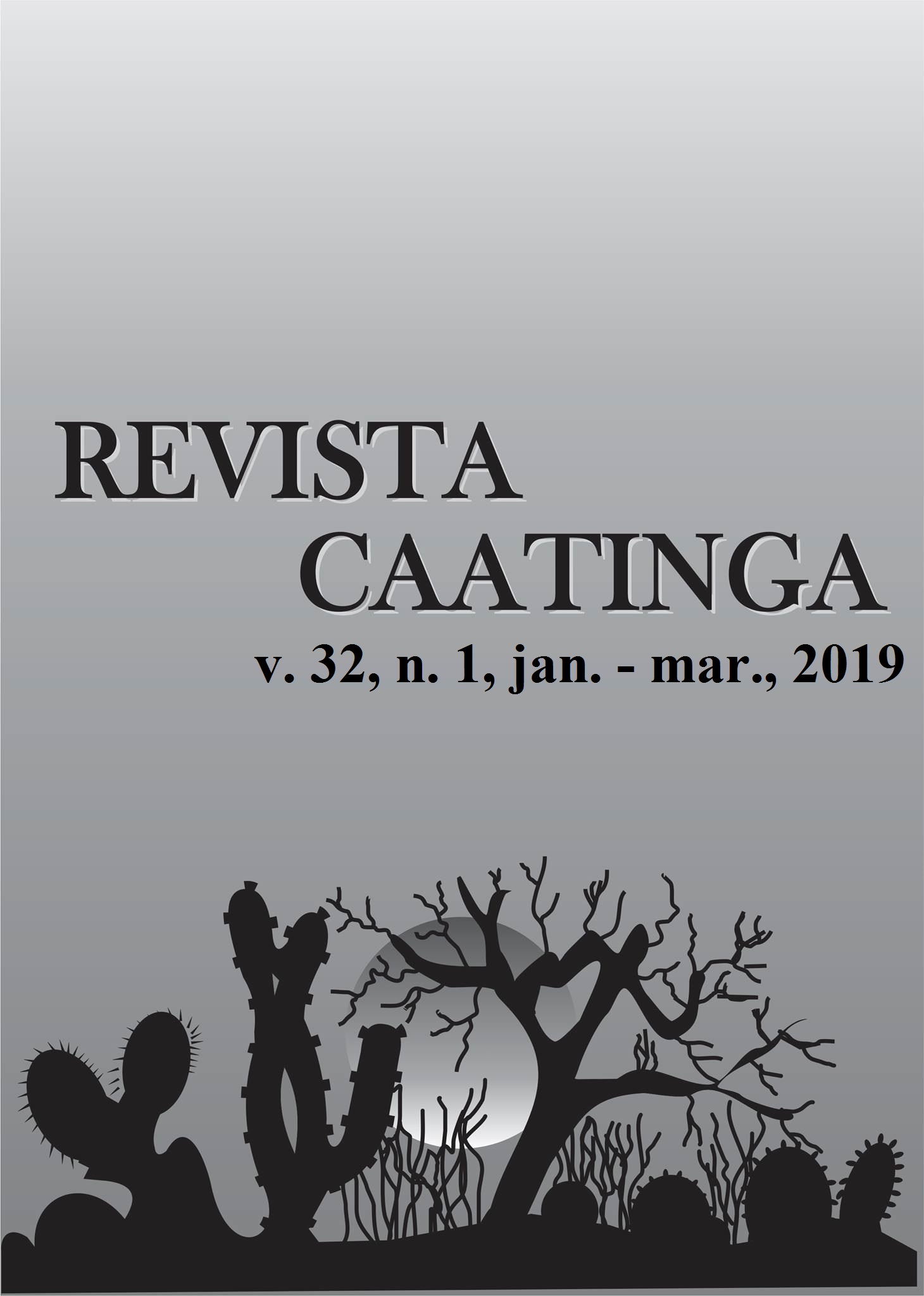IS THERE GENETIC VARIABILITY IN DWARF COCONUT ACCESSIONS PRESERVED IN BRAZIL?
DOI:
https://doi.org/10.1590/1983-21252019v32n106rcKeywords:
Cocos nucifera L. Phenotypic traits. Multivariate analysis. Germplasm. Plant genetic resources.Abstract
Dwarf coconut tree is the main variety for commercial use in Brazil, which ranks fourth in world coconut production. However, the genotypes used still have limitations and genetic variability is required. The aim of this study was to estimate the genetic variability in dwarf coconut accessions preserved at the Germplasm Bank of Brazil at different harvesting times and using agronomic descriptors of plant and fruits. The accessions Brazilian Green Dwarf-Jiqui, Cameroon Red Dwarf, Malayan Red Dwarf, Brazilian Red Dwarf-Gramame, Brazilian Yellow Dwarf-Gramame, and Malayan Yellow Dwarf were assessed by means of 30 descriptors Variance analysis was performed and the genetic diversity was quantified by using the Mahalanobis’ generalized distance and expressed by means of UPGMA clusters, Tocher optimization, and canonical variables. The maximum likelihood analysis was used to estimate the components of variance with the data of each plant in a sample of 11 descriptors of great importance for the genetic improvement of the coconut tree. A phenotypic divergence was found among the accessions using the UPGMA clusters, Tocher optimization and graphic dispersion obtained with canonical variables. The use of the maximum likelihood analysis confirms the existence of genetic variability in the accessions for the descriptors fruit polar and equatorial diameter, nut polar diameter, total fruit weight, and epicarp thickness, which presented a heritability varying from 0.17 to 0.39. There is a possibility of genetic gains with the selection of these traits for use of accessions in breeding programs.
Downloads
Downloads
Published
Issue
Section
License
Os Autores que publicam na Revista Caatinga concordam com os seguintes termos:
a) Os Autores mantêm os direitos autorais e concedem à revista o direito de primeira publicação, com o trabalho simultaneamente licenciado sob a Licença Creative Commons do tipo atribuição CC-BY, para todo o conteúdo do periódico, exceto onde estiver identificado, que permite o compartilhamento do trabalho com reconhecimento da autoria e publicação inicial nesta revista, sem fins comerciais.
b) Os Autores têm autorização para distribuição não-exclusiva da versão do trabalho publicada nesta revista (ex.: publicar em repositório institucional ou como capítulo de livro), com reconhecimento de autoria e publicação inicial nesta revista.
c) Os Autores têm permissão e são estimulados a publicar e distribuir seu trabalho online (ex.: em repositórios institucionais ou na sua página pessoal) a qualquer ponto antes ou durante o processo editorial, já que isso pode gerar alterações produtivas, bem como aumentar o impacto e a citação do trabalho publicado (Veja O Efeito do Acesso Livre).







